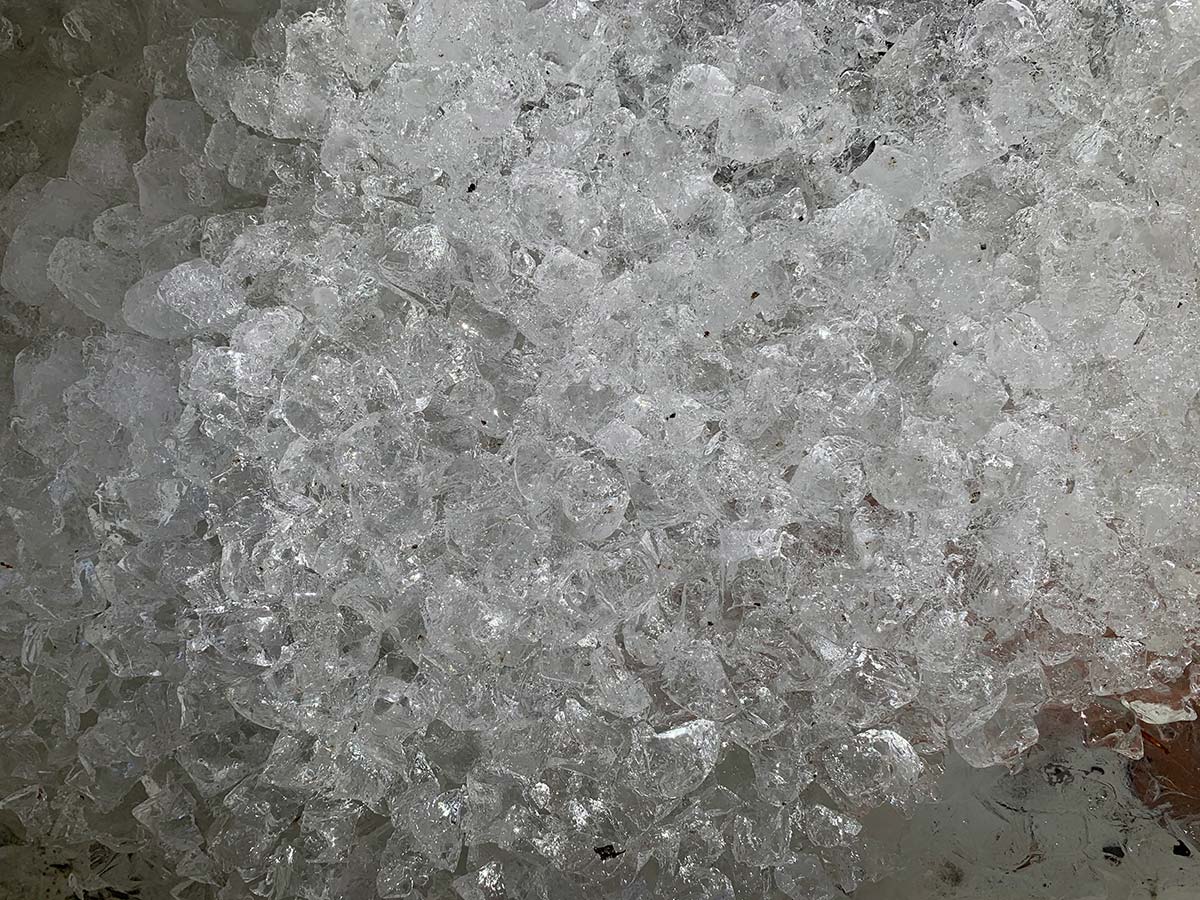
There’s a lot to be learned and absorbed from the days that don’t produce bites.
Most fishermen take notes on dates, times, tides and conditions of their best outings on the water. I bet if you ask someone the circumstances surrounding their personal best in any species, they could describe every aspect with a complete buildup to the dramatic catch. But what about the trips that are duds? How many anglers make careful notations of the outings that are epic fails? There’s a lot to be learned and absorbed from these days that don’t produce bites.
Fluke
Fluke are a species that can bite feverishly or become fickle. They function best when wind, weather and water temperatures are stable and not fluctuating day to day. When fishermen don’t get bites, they should analyze some of the following changes. Did an upwelling occur? That’s when a directional wind blows hard the day prior and causes a quick dip in water temperatures resulting in temporary lockjaw. For backwater fishermen, did a monsoon rain or an extremely strong blow stain the water or stir the bottom? Those elements don’t always cause a drop-off in the bite, but sometimes they do. It can come down to execution at the rail too. Do the anglers jigging Berkley Gulp catch more than the bait draggers? How often? If it’s too frequent, then steps can be taken to add that tactic into the repertoire. Every reason for not catching a fluke should be recorded in a log or mentally noted so fishermen can schedule trips at a better time or simply fish more effectively.
Stripers
Striped bass are extremely popular among The Fisherman Magazine readership, but there are days we all take the skunk. Migration habits are a major factor for success. After a lousy day, anglers should consider: Did the fish move on from the area or did conditions or tactics cause the poor outing? Full and new moon phases have a huge impact on striper movements. If the conditions were good, but fishing was bad, it behooves one to observe the moon phase to see if the fish may have relocated. The same goes for their prespawn migratory routes in the spring, many fish will move upriver to spawn on their preferred moon. Changes in bait presence along with water temperature swings can send bass packing. If the bass disappear between outings, an angler has to look at why this happened. Moon, forage and water temps are the first things to digest. Prolonged storms or heavy winds combined with any of the above can also play a role. It’s not uncommon to hear weekend anglers lamenting, “they were here last weekend!” It’s important to remember that a lot can change over the course of an entire week—so anglers should be flexible. Strategy-wise, anglers need to observe striper skunks that can easily be fixed. Were you stubborn about using your favorite tactic? Sometimes forcing a tactic is a reason for failure. Was the water simply too dirty to jig and pop when chunking bait may have put fish in the boat?
Tautog
Tautog are a tantalizing species despite being very susceptible to conditions. The biggest item people need to observe is the physical appearance of the water. If a zero trip happened with stained water or that with suspended sediment, there’s a good chance you’ve found the reason. The tog are likely still holding, but not able to feed properly. Tautog don’t relocate nearly as often as the aforementioned species so lockjaw or poor visibility is often the culprit. Understanding what caused those conditions (rain, wind, currents, tides) can help you plan future trips with the highest potential for success.
For those fishing rocks, sods and bridges in nursery waters, tide and current loom large. The top of the tide is the most consistent since it sweeps in the cleanest water. Lower tides can produce, but if anglers note their bad outings occur when water quality changes on the ebb flow, then they can use those results to strengthen future fishing trips.
The best anglers that educate themselves on their chosen waters through their bad outings will do better in the future. Their brains are like computers, taking in all the information, good and bad, to form profiles of productive scenarios. That’s how they become great fishermen. Although three species were discussed in this piece, the same thought processes work for any, and all species of fish – inshore, offshore or freshwater.


